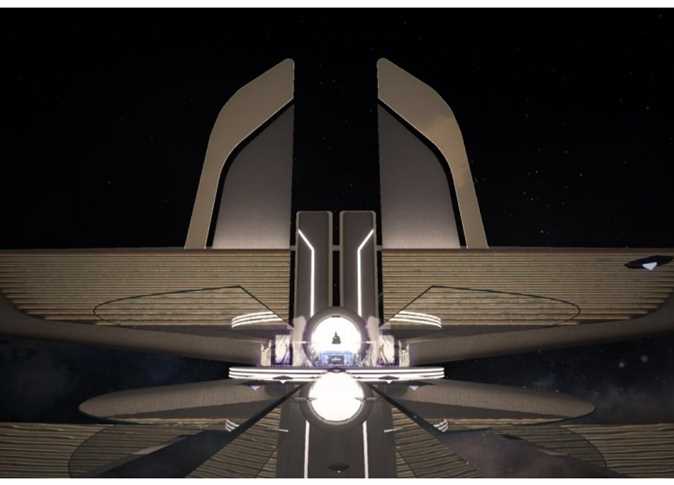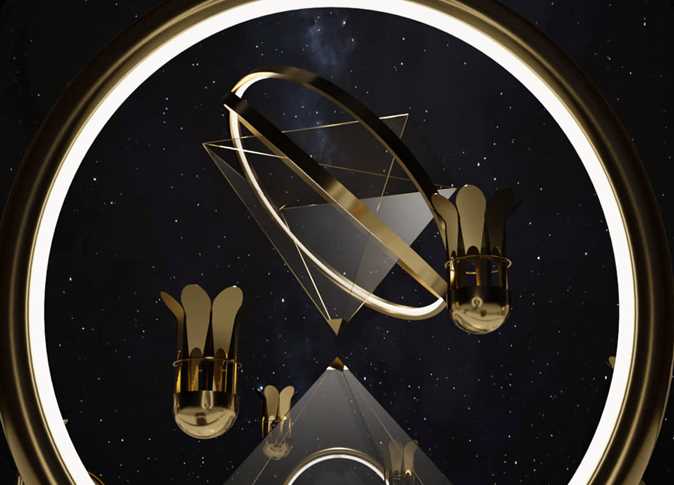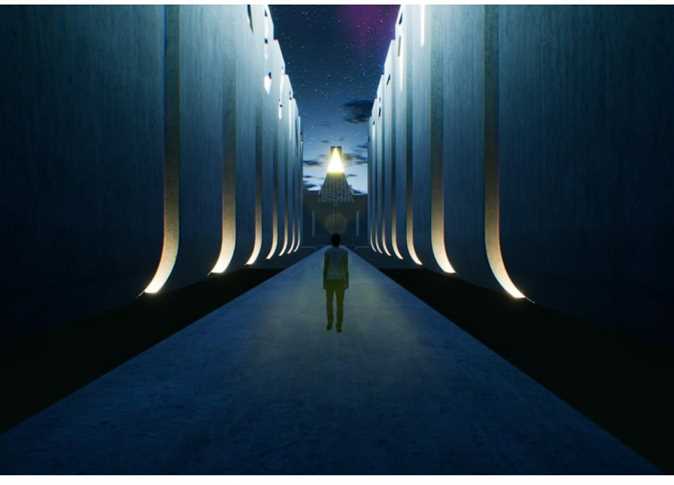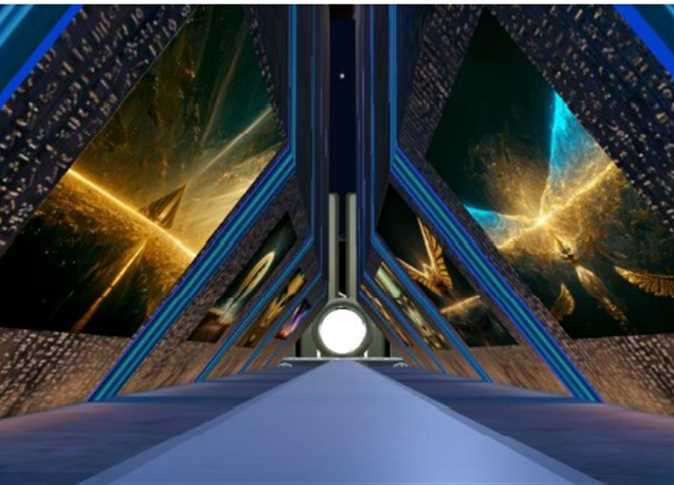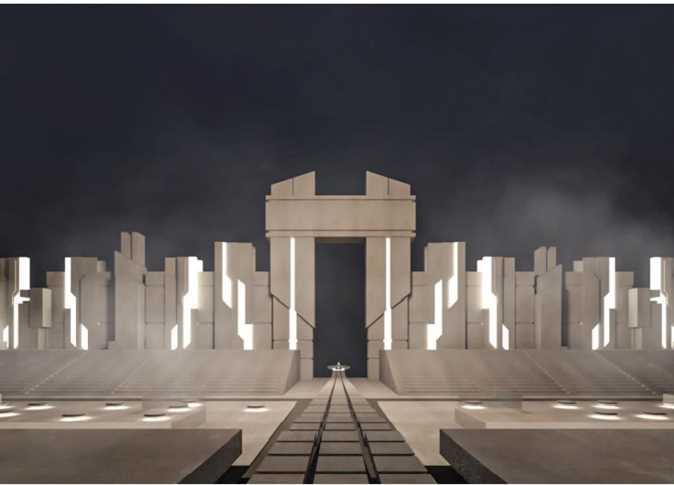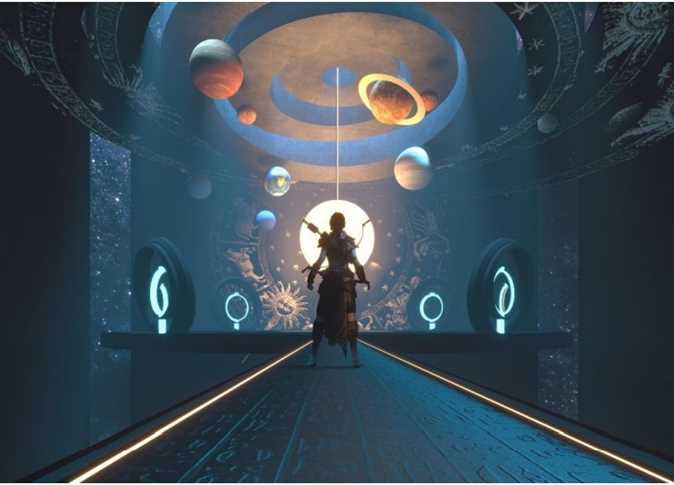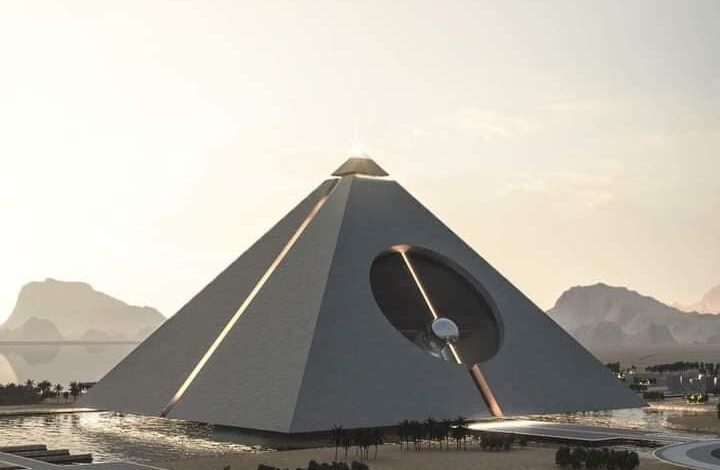
With quiet steps and dazzled eyes, you walk with your head raised in an attempt to capture moments of beauty that come from another world.
A dazzling world blended with the greatness of the history of the ancestors with the added creativity of the future of new generations.
The first Egyptian city in the world of “metaverse” or the virtual world is what all the hype is about.
A city where ancient Egyptian civilization enters through the stream of technology of our modern generations.
Where the aspect of integration is one of the most important factors of fascination, in watching the past in the future.
But what will it look like?!
“Meta Tut City”:
Where did the idea of the first virtual Egyptian city on Metaverse come from?
The main idea of the project is based on the hypothesis of the return of King Tutankhamun.
The imagination of a return to the glory of Egyptian civilization? By making it possible to visit the city and move through it virtually.
To live a real life in which a person can attend concerts and conferences and get an education, housing and entertainment, while dealing with new individuals.
Also visiting temples and communicating with a tour guide describing the life of the kings of ancient Egypt.
This is how life looks in the city of Meta Tut.
The Metaverse has now grabbed the attention of major countries and international companies, and it will shape the future of the world in all fields.
Countries that cannot deal with that reality and understand its challenges will be left behind in an ever advancing technological world.
This is an important step for Egypt to invest in the metaverse, Ashraf Abdel Mohsen, Chairman of the Board of Directors of the Tutera company, implementing the project, said on the idea of the project.
He told Al-Masry Al-Youm that the idea of the project came developed when the metaverse technology appeared two years ago.
At that time we realized the importance of initiating and implementing the first Egyptian project and city within the virtual world.
Given our inspiration from the ancient Egyptian civilization and its social principles, we applied its laws in our project, he added.
“We applied the principles of Maat, which were a guide to living in the life of the ancient Egyptian,” Mohsen said.
“We always think about the future, and the virtual city of Meta Tut as an expression of the strength and history of the Egyptian civilization.”
As for giving the project an Egyptian identity, Somaya Bahey Eddin, CEO of Tutera, told Al-Masry Al-Youm that the goal of making it a city infused with the symbols of Egypt’s civilization coming to prominence.
“When a child watches within a virtual world, decorated with Egyptian symbols the child will feel more proud with a sense of belonging,” she said.
Bahey Eddin added that the project did not stop at mere tourist visits, but rather a development of the city for educational aspects, whether in universities or schools, by explaining study materials within a virtual world that talks about the subject of the lesson.
For example in the case of explaining the history of Rome, the walls turn into a theater, and when explaining a chemical experiment, it turns into substances interacting with each other, and so on, to facilitate the student’s understanding of the information, she elaborated.
“The city will remain free of charge in the part designated for visiting the places currently available.
With development, the project may host marketing aspects of products, so anyone can sell their products in the virtual world, and others can shop it,” she added.
A tour inside the first Egyptian city in the virtual world
The tour is divided into several stages that go through a special “lobby” for each of the influential kings of the ancient Egyptian civilization.
The visitors receive sound effects from the musical composition of the procession of mummies, and it changes with each new gate of a new king to represent him.
Amid a state of fascination with the sky fashioned with the stars of the vast dark space, and the high temples whose walls bear the names of kings.
This atmosphere will create for you a discovery of the era of each king through a large blue circle bearing the name of the next stage: more like a journey through time.
The acoustics and the shape of the sky will seem as if you have been transported to another world.
What attracts attention is the inner feelings of how realistic the experience is, as if it were real.
Before entering the city, visitors get acquainted with its rules, which are the “principles of Maat”, the most prominent of which is no murder, no theft, no grief, or suicide.
At the beginning of the tour, people pass through the Royal Road, which symbolizes the Valley of the Kings and Queens, and on both sides are huge tombstones carved with cartouches bearing the names of the most important kings of ancient Egypt.
From there, the road branches out to the gates of the different neighborhoods of the city at various times, with creative designs with different visual and sound effects on one side, until this road ends with the Astronomical Zodiac Square, where the cartouches of kings and their reflection on the celestial constellations are displayed, and then ascend to enter the Great Pyramid.
To reach the gate of the Pyramid of Tutera, the Royal Road ends, to the Hall of Khufu, the first of the spaces that receives visitors, and below it they see centers for scientific research, astronomy, space tourism, and various educational areas, and through it appear the gates of the different neighborhoods of the city that move down and up in a scene that seems to be a science fiction film.
People go through a series of tours hosting each of the kings of the ancient Egyptian state, most notably the “Enchanted Melody Square” for celebrations and conferences, the “Aton Hall” or the “Hall of the Sun”, with the palace and suburb of King Akhenaten, and the Palace of Queen Nefertiti, which contains many Egyptian costumes and unique designs for ornaments, jewelry, clothes and art paintings.
The project will be available to experience virtual tours starting, November 30, by registering on the company’s official platform.
